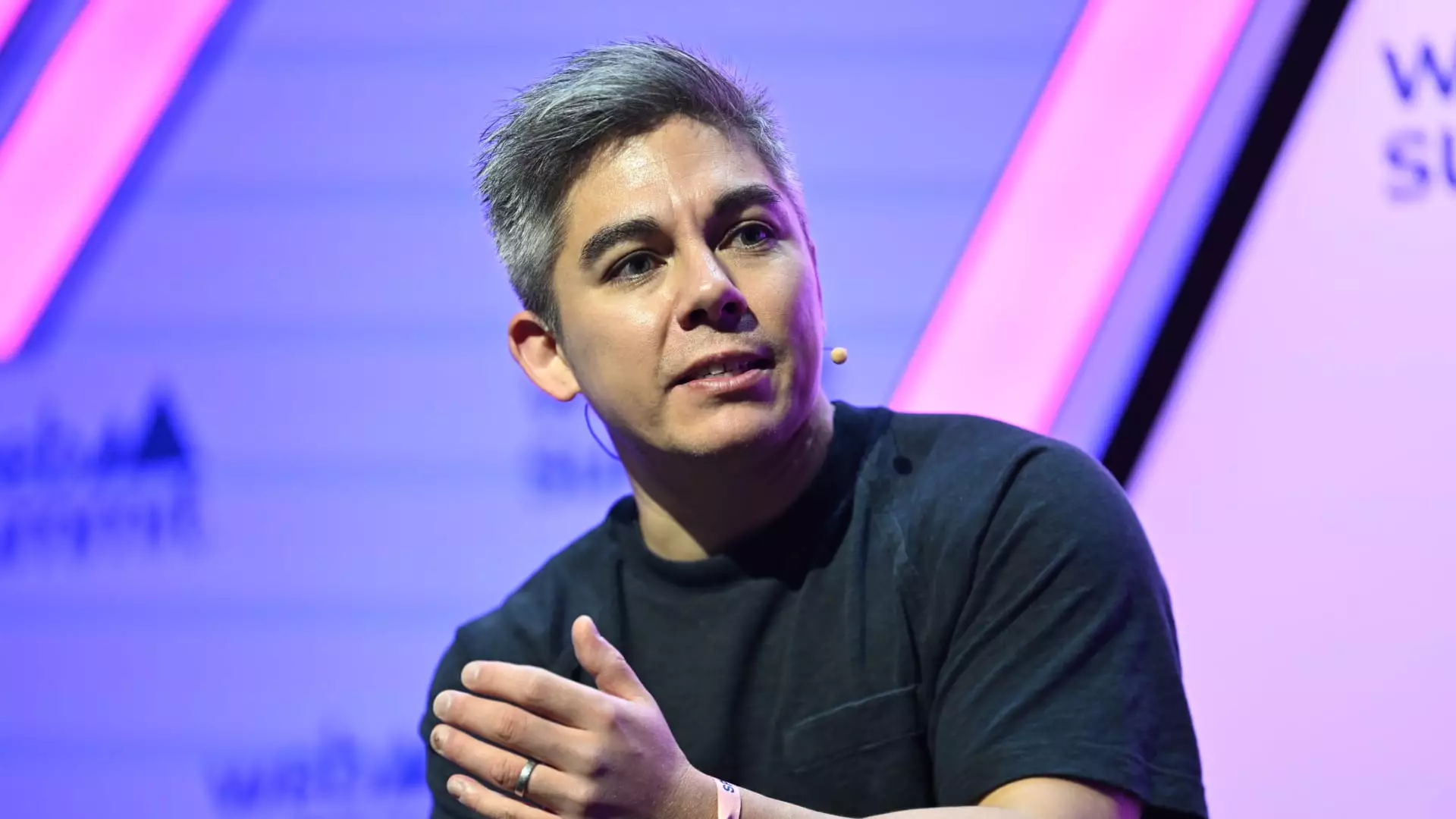In a compelling demonstration of resilience and strategic adaptation, GoCardless, a leading player in the financial technology sector, has cut its losses significantly in 2024. The UK-based startup, renowned for simplifying the process of collecting recurring payments such as subscriptions, reported a net loss of £35.1 million (approximately $43.8 million) for the fiscal year concluding June 30, 2024. This figure marks a remarkable 55% reduction from the staggering £78 million loss recorded in the previous year. Such a pronounced shift underscores the effectiveness of the various operational adjustments and robust revenue growth strategies that the company has undertaken.
The turnaround did not happen in isolation; it was a product of a comprehensive restructuring initiated at the end of the previous fiscal year. A key element of this realignment was the reduction of the global workforce by 15%, which in turn cut salary expenses by 13%, bringing them down to £79.2 million for the 2024 fiscal year. The strategic decision to streamline operations demonstrates a commitment to enhancing efficiency across the board, ensuring that financial performance aligns with the demands of scaling operations in a competitive market.
One of the standout achievements for GoCardless during this financial year was the impressive revenue increase of 41%, which totaled £132 million. This surge in revenue can be attributed in large part to customer relationships, with £91.9 million stemming directly from customer revenue sources. CEO Hiroki Takeuchi emphasized that while cost reductions played a vital role, fostering growth was equally crucial for the company’s long-term ambitions. During a recent interview with CNBC, he stated, “We want to be getting very efficient as we scale, but we also need to continue growing.” This statement encapsulates the dual focus required for sustainable profitability—a balancing act that many companies stumble upon.
Moreover, a significant milestone was reached in March 2024 when GoCardless achieved its first-ever profitable month. This achievement not only affirms the company’s upward trajectory but also reflects its strategic prowess in managing financial positions effectively. Takeuchi expressed optimism about the potential for full-year profitability within the next 12 to 18 months, suggesting that the company is not only on course but also equipped with a practical roadmap to achieve this goal.
Acquisitions play a pivotal role in strengthening GoCardless’ market position. The acquisition of Nuapay in September provides an expanded suite of payment solutions, particularly in facilitating fund transfers. This strategic move appears to be aligned with the broader industry trend of consolidation, which allows companies to leverage synergies for enhanced service offerings. Takeuchi hinted at further M&A initiatives, stating, “We’re actively looking,” which supports the idea that GoCardless is in a growth mode, eager to capitalize on emerging opportunities within the fintech landscape.
Additionally, the introduction of a new feature enabling clients to distribute funds back to their customers exemplifies GoCardless’ commitment to innovation. In scenarios such as energy production, where customers with solar panels generate excess supply, the ability to receive payments for this contribution represents a significant advancement in service capabilities. Such initiatives not only diversify the service portfolio but also enhance customer loyalty by addressing their evolving needs directly.
Despite the challenges posed by a fluctuating market and the broader economic environment, GoCardless appears to have strategically positioned itself for future growth. The firm is currently backed by major investors, including Alphabet’s GV, Accel, and BlackRock, who have previously valued the company at around $2.1 billion as of February 2022. However, as observed in the tech sector, where IPO activity has reached historic lows, GoCardless has made it clear that it has no immediate plans for an Initial Public Offering (IPO). Instead, the focus remains on strengthening its operational effectiveness and exploring secondary market opportunities for capital influx.
This cautious approach reflects a broader sentiment prevalent among fintech companies, particularly in light of notable IPOs like Klarna’s, which have become benchmarks for many in the industry. The wait-and-watch strategy marks a pragmatic realization of current market conditions, emphasizing the focus on sustainable growth over hurried capital expansions.
GoCardless is navigating a transformative period marked by loss reduction, revenue growth, strategic acquisitions, and future prospects that promise a return to profitability. Their journey will serve as a case study for emerging fintech companies grappling with similar challenges in a rapidly evolving landscape.

Leave a Reply